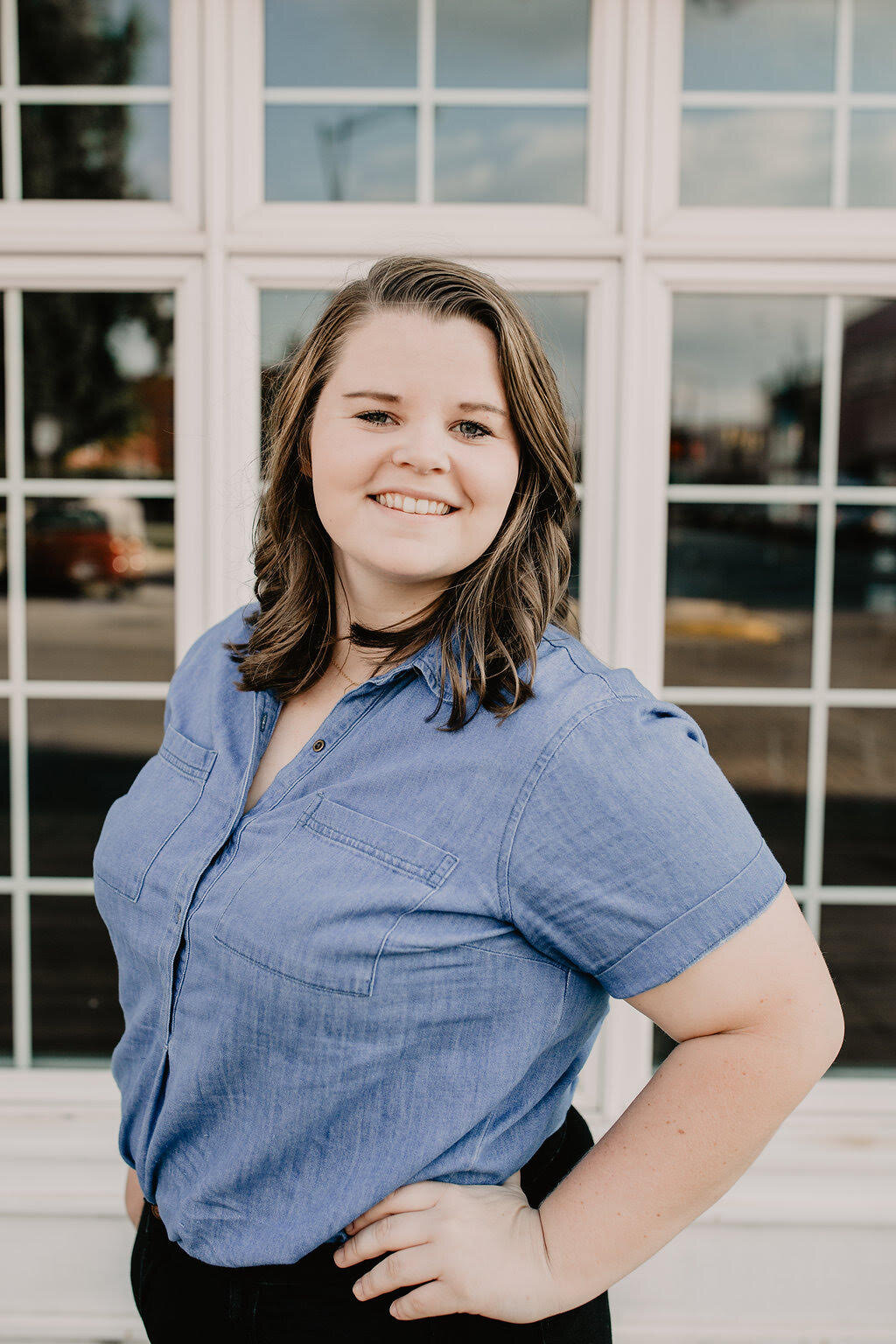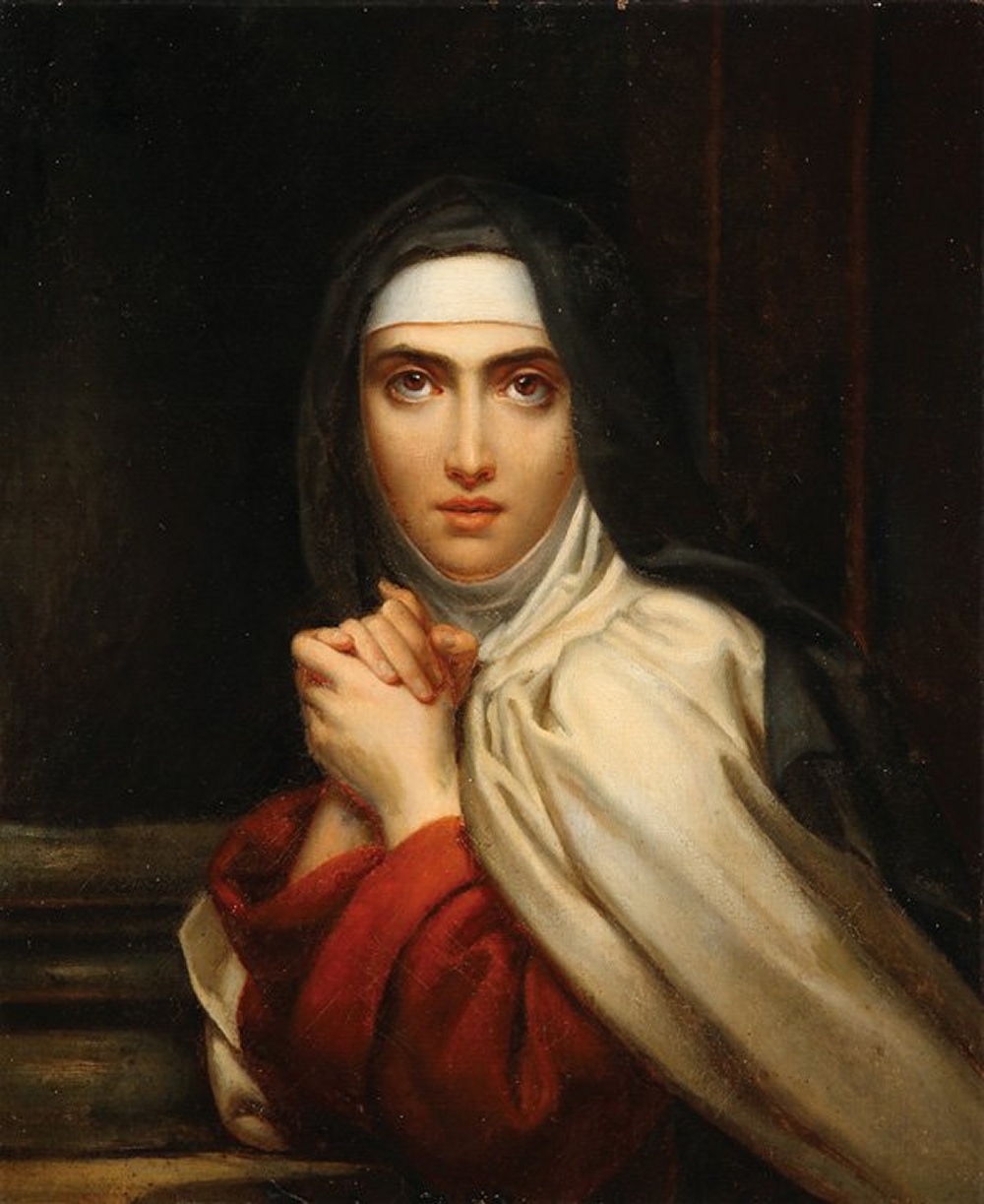In order to cultivate a culture in which women preachers are normalized and fully affirmed, churches and denominations need to take concrete action. But sometimes churches just aren’t sure where to start or how to change their culture. The following set of implementations calls the church to move from apathy to action! In this 2-part series I suggest practical steps churches and denominations can take to put theories into practice and tear down biases against women in ministry leadership so that the Gospel can be proclaimed.
The Willingness to be Set Apart
Denominations that affirm and ordain women must be willing to be set apart and to live fully into their convictions. In the controversial issue of calling women to preach, there will be disagreements among laity and between other denominations and churches. In these disagreements, the church should choose to remain firm in its convictions by advocating for women preachers and speaking truth in love to those who disagree. The church should not allow its convictions to be weakened because of opposition, and the church should work to clearly articulate its position. The church should not disengage from their stance when controversy arises. Rather, the church should work to engage in the debate, while encouraging and equipping their congregants to uphold support for women in ministry leadership. Affirmation of women’s call to preach is a distinctive belief that will set some churches and denominations apart from others, and they should embrace that distinctiveness without fear.
Consistent Presence of Women in Pulpits
Presence shapes culture. The presence of a woman in a pulpit not only causes people to actually see a woman preaching and having spiritual authority, but it also causes them to begin to question their beliefs about women preachers. The very presence of a woman in the pulpit challenges the prevailing culture, and creates space for new norms. When someone sees a woman behind the pulpit, the sight itself can reveal implicit biases and barriers, then open conversations that can lead to the change. And this change in congregational culture makes it possible for more women to preach.
But it is not enough for a woman to preach once a year so that the church can check that box off their list. The consistent presence of women in the pulpit is essential for culture to shift. When there are consistently one or two women that are on a church preaching schedule, the church becomes more acquainted with women preachers such that it becomes normal. The women begin to be recognized for their gifts, abilities, and anointings instead of their gender. Churches in which women preach regularly shift away from a culture of bias against women preachers and toward a culture that appreciates and celebrates preachers who happen to be women. It is time and consistency that allow women to be able to live into their roles as ministry leaders.
Let’s Call Preachers, Preachers
Stop categorizing or classifying preachers based on gender! A preacher is a preacher, not a “female preacher” or a “male preacher.” This may seem simple, but it is important. The church needs to stop making one attribute the culmination of a preacher’s entire identity. When people are classified by one attribute, then the entire person becomes lost in that one classification. Instead, let’s just call preachers, preachers and respect the calling and ministerial authority of each individual preacher. Categorization of preachers based on gender only results in limitations and barriers that do not allow for the holistic, powerful, and true work of God to occur.
Education about Beliefs
Understanding and proclaiming a denomination’s distinctive beliefs allows the people who are a part of that church to live out those convictions. Many congregants in denominations that affirm women preachers do not actually know or understand the church’s position. Clearly proclaiming this beliefs in all settings, from the pulpit to the church website, is important because it allows people to understand what their church believes and why. The preacher, whether a woman or a man, shapes and communicates the mission of the church; therefore, she or he has a responsibility to education the congregation about the church’s positions. Additionally, members of the church should be taught the biblical, theological, and historical foundations for affirming women preachers. When the congregants understand and affirm the beliefs of the church, then the culture of the church toward women in ministry can change.
The Teaching and Training of the Next Generation
Teach and show the next generation that it is normal for women to lead in ministry and preach. When the next generation is raised in a culture where they see women preaching and ministering, they do not have to question whether women are capable of doing so. The very idea of women in ministry will be normal and the church’s culture will shift. In order for this shift to take place, the next generation needs to see and hear women ministers and preachers. When young girls and boys see women preach, they see what is possible, which can enable them to step into callings that God has placed on their lives. The next generation should not only see women preach, but should be intentionally educated about the biblical and theological reasons that women can fully minister in all areas. And when a girl expresses her own call to ministry, she should be provided opportunities to develop and discern her callings. Culture can change with this next generation, if the church cultivates a culture that normalizes women as preachers and ministry leaders.
Watch this space for part 2, with more suggestions for changing the culture around women who preach!
Courtney Dunn is currently a student at Asbury Theological Seminary studying for her Master of Arts in Intercultural Studies. She recently graduated from Indiana Wesleyan University with her Bachelor of Arts in Global Ministries and Honors Humanities. While she was studying for her undergraduate degree, she completed a research project called, “A Rallying Cry: The Call for the Cultivation of a Culture of Normativity amongst Women Preachers in The Wesleyan Church” for the John Wesley Honors College. Courtney is currently in the ordination process with the Crossroads District of The Wesleyan Church, in which she plans to serve as a long-term missionary. Courtney has a passion for the local church, and she longs for all people and churches to live more and more into the likeness of Christ.













